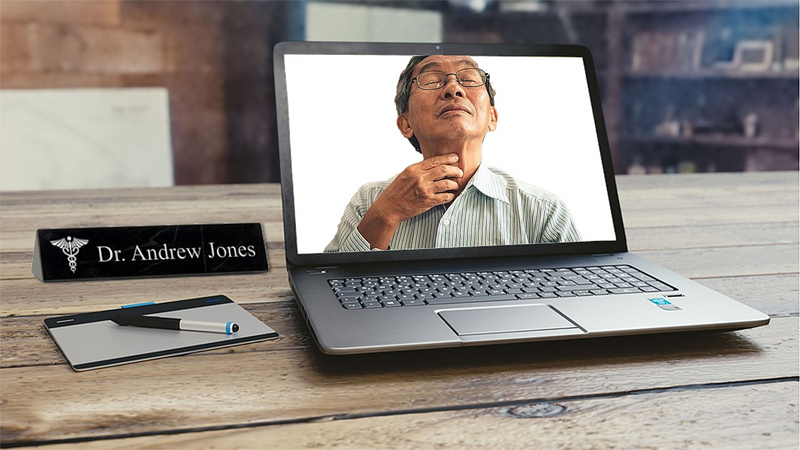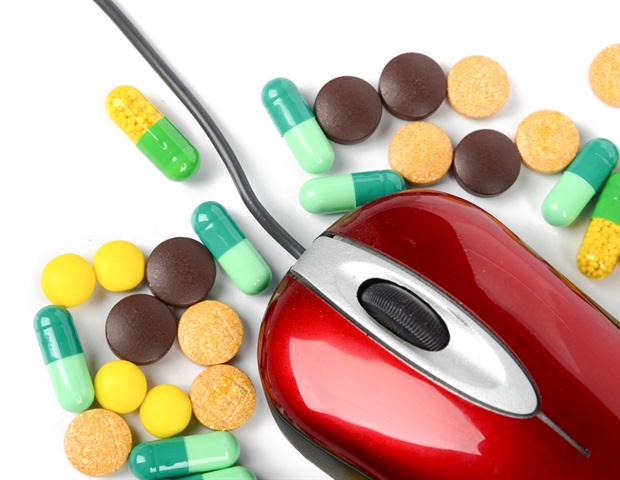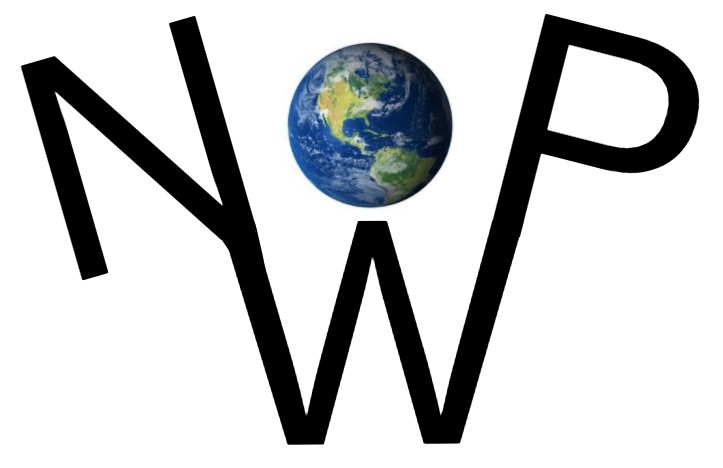Telemedicine-
COVID-19 and SARS-CoV-2, the virus behind the disease, have caused health care providers to change how they treat patients.
Clinicians are now frequently using telemedicine to see their patients for routine checkups, saving office visits for emergencies.
The following written content by Johns Hopkins Medicine

Ideally, clinicians assess dysphagia through a clinical (bedside) evaluation and one of two standard tests: a videofluoroscopic swallow study or a flexible endoscopic evaluation of swallowing. However, during the pandemic, clinicians diagnosing and treating dysphagia in COVID-19 patients are putting themselves at risk by using these up close and physical techniques. Therefore, experts say, say it’s time to embrace telemedicine for dysphagia.
COVID-19 and SARS-CoV-2, the virus behind the disease, have caused health care providers to change how they treat patients. Clinicians are now frequently using telemedicine to see their patients for routine checkups, saving office visits for emergencies. The same goes for rehabilitation. For example, researchers are looking for ways to improve the screening, assessment and treatment of patients with COVID-19 and dysphagia — swallowing difficulties — by doing it remotely.
Health care professionals whose work puts them in contact with the body areas frequented by SARS-CoV-2 — such as the nose, mouth and airway — share a responsibility for engaging patients in a manner that won’t add to the spread of COVID-19. Risks need to be weighed before screenings, assessments and treatments are undertaken.
Ideally, clinicians assess dysphagia through a clinical (bedside) evaluation and one of two standard tests: a videofluoroscopic swallow study or a flexible endoscopic evaluation of swallowing. These exams determine swallowing ability, look for changes in the anatomy and movements of the larynx and tongue, analyze airway vulnerability, and measure other characteristics related to swallowing physiology.
However, during the pandemic, clinicians diagnosing and treating dysphagia in COVID-19 patients are putting themselves at risk by using these up close and physical techniques. And simply relying on methods such as medical history reviews and patient reporting of symptoms is not enough.
“The irony is that patients with COVID-19, especially those who were recently removed from mechanical ventilation in intensive care units, may be among those who most need the clinical and instrumental exams for properly and comprehensively assessing dysphagia,” says Martin B. Brodsky, Ph.D., Sc.M., associate professor of physical medicine and rehabilitation at the Johns Hopkins University School of Medicine. Read more from Science Daily.
Follow other related unbiased news stories from News Without Politics
Subscribe to News Without Politics





